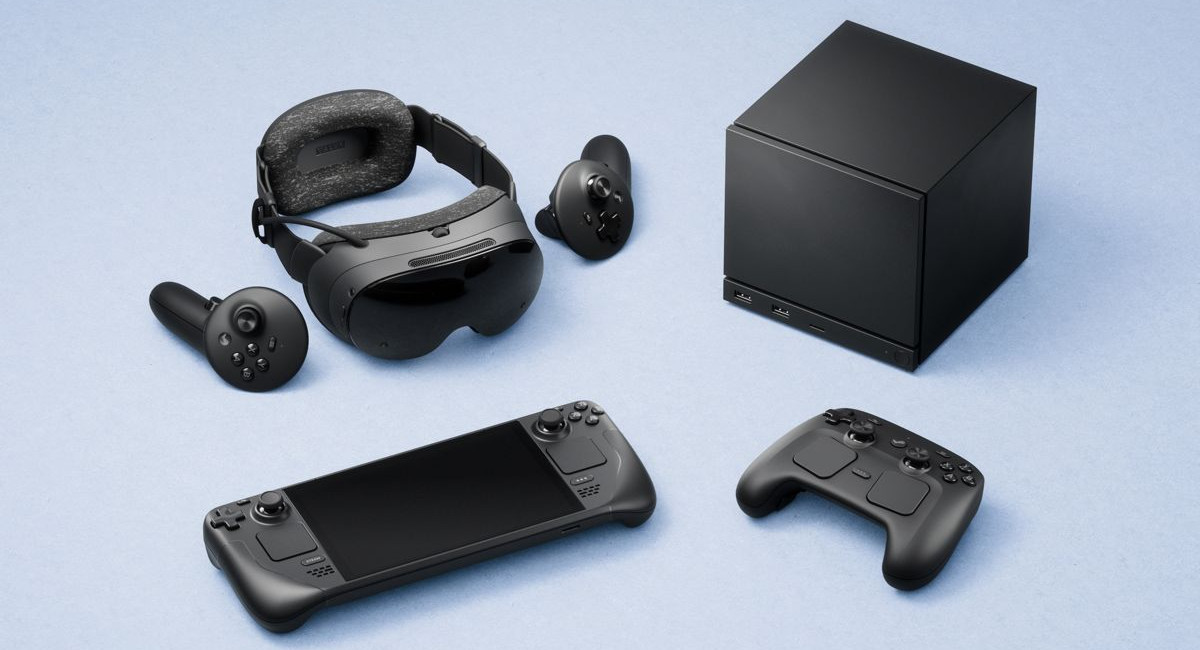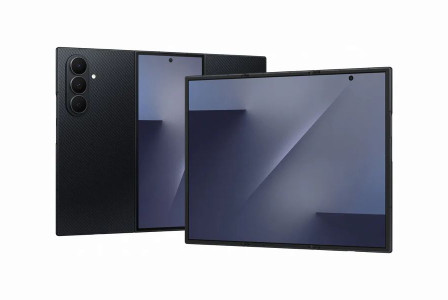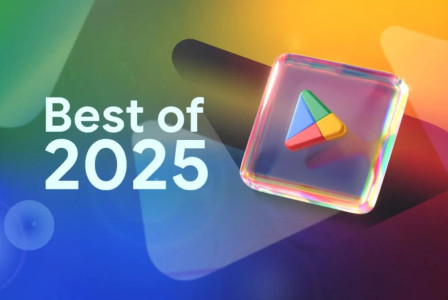SEARCH
Valve returns to the hardware game with three new devices

SHARE IT
Valve is stepping back into the hardware spotlight with a bold move that signals a new chapter in its gaming ecosystem. Instead of introducing a new iteration of the popular Steam Deck, the company has unveiled three interconnected devices under a unified brand called Steam Hardware. The lineup includes the Steam Frame VR headset, the Steam Machine console, and a redesigned Steam Controller — a trio designed to work seamlessly within Valve’s expanding ecosystem powered by SteamOS.
Steam Frame: A Wireless Leap into Virtual Reality
The highlight of Valve’s announcement is the Steam Frame, a wireless virtual reality headset that bridges the gap between VR and traditional gaming. Unlike its previous VR collaborations, the Steam Frame is built entirely in-house and focuses on wireless streaming as its defining feature. Equipped with a 6GHz wireless adapter, the headset connects directly to the user’s PC for high-speed, low-latency streaming.
Valve says that the Steam Frame’s dual-radio system ensures a stable connection by splitting the workload — one radio dedicated to audio and visuals, and another for Wi-Fi. “Two dedicated links, no competition for bandwidth,” the company explained, emphasizing the focus on smooth, uninterrupted gameplay.
The Steam Frame is not limited to streaming, however. It can operate as a standalone device thanks to a built-in Snapdragon 8 Series processor paired with 16GB of RAM. Inside the headset are two high-resolution 2160 x 2160 LCD panels that support refresh rates from 72Hz up to 144Hz, promising crisp, fluid visuals. The inclusion of eye tracking, foveated streaming technology, and integrated stereo speakers underscores Valve’s commitment to performance and immersion. The headset also introduces an all-new pair of motion controllers, further enhancing interaction and precision in virtual environments.
Steam Machine: Console Power, PC Freedom
Valve’s second reveal revisits an idea that many thought had been shelved — the Steam Machine. The concept of a living-room-ready gaming PC first surfaced years ago but never fully took off. Now, Valve is reviving it with updated hardware and a more streamlined approach.
The new Steam Machine comes equipped with a semi-custom AMD Zen 4 processor featuring six cores and twelve threads, alongside an RDNA3-based GPU with 28 compute units. With 16GB of DDR5 system memory and an additional 8GB of GDDR6 VRAM, Valve claims this compact console delivers six times the performance of the Steam Deck. Using AMD’s FidelityFX Super Resolution (FSR) technology, players can expect 4K gaming at 60 frames per second — a significant leap for a system designed to fit in the living room.
Connectivity is also a focus. The Steam Machine includes Gigabit Ethernet, DisplayPort 1.4, HDMI 2.0, one USB-C port, and four USB-A ports. Storage options start at 512GB and go up to 2TB, with expandable capacity via microSD cards. Designed for plug-and-play convenience, the device offers the power of a PC but the simplicity of a console — an approach that could appeal to gamers seeking flexibility without complexity.
Steam Controller: A Familiar Feel with New Tricks
Completing the lineup is the new Steam Controller, which borrows its design language from the Steam Deck but without a built-in display. This iteration refines Valve’s earlier attempt at a customizable gamepad by addressing one of the biggest issues plaguing modern controllers: stick drift.
The updated model uses TMR thumbsticks, a technology that significantly reduces drift, ensuring longer durability and more accurate control. It also features gyro functionality, rear grip buttons, and the signature trackpads that long-time Steam users will recognize. A new quick-access interface allows players to open notifications, manage friends, or access Steam Chat with a single touch, integrating the controller more deeply into the Steam experience.
Powering the controller is an 8.39 Wh lithium-ion battery. Valve also introduces the “Puck,” a magnetic charging accessory that attaches to the front of the controller, eliminating the need to constantly plug and unplug charging cables — a simple but elegant quality-of-life improvement.
All three products under the Steam Hardware banner are scheduled for release in 2026. While pricing details remain under wraps, anticipation is already building among gamers eager to see how Valve’s renewed hardware push will shape the future of PC and VR gaming.
MORE NEWS FOR YOU

 Help & Support
Help & Support 

